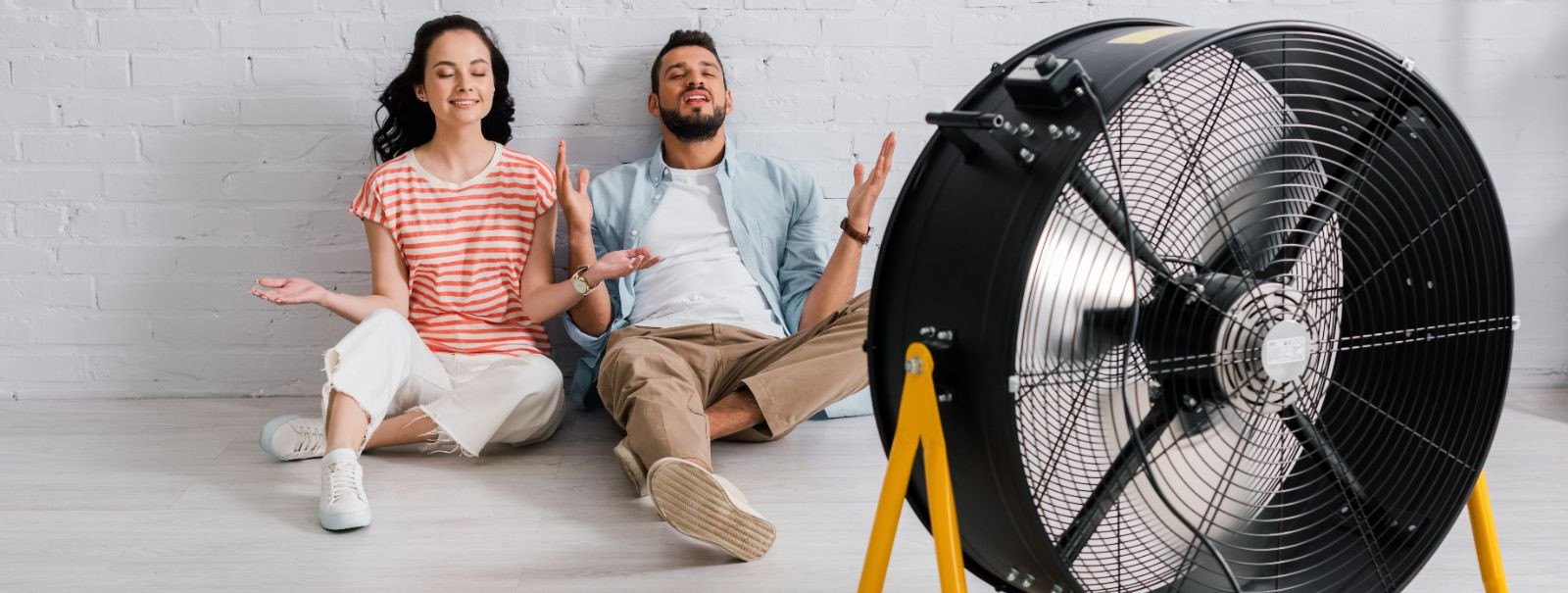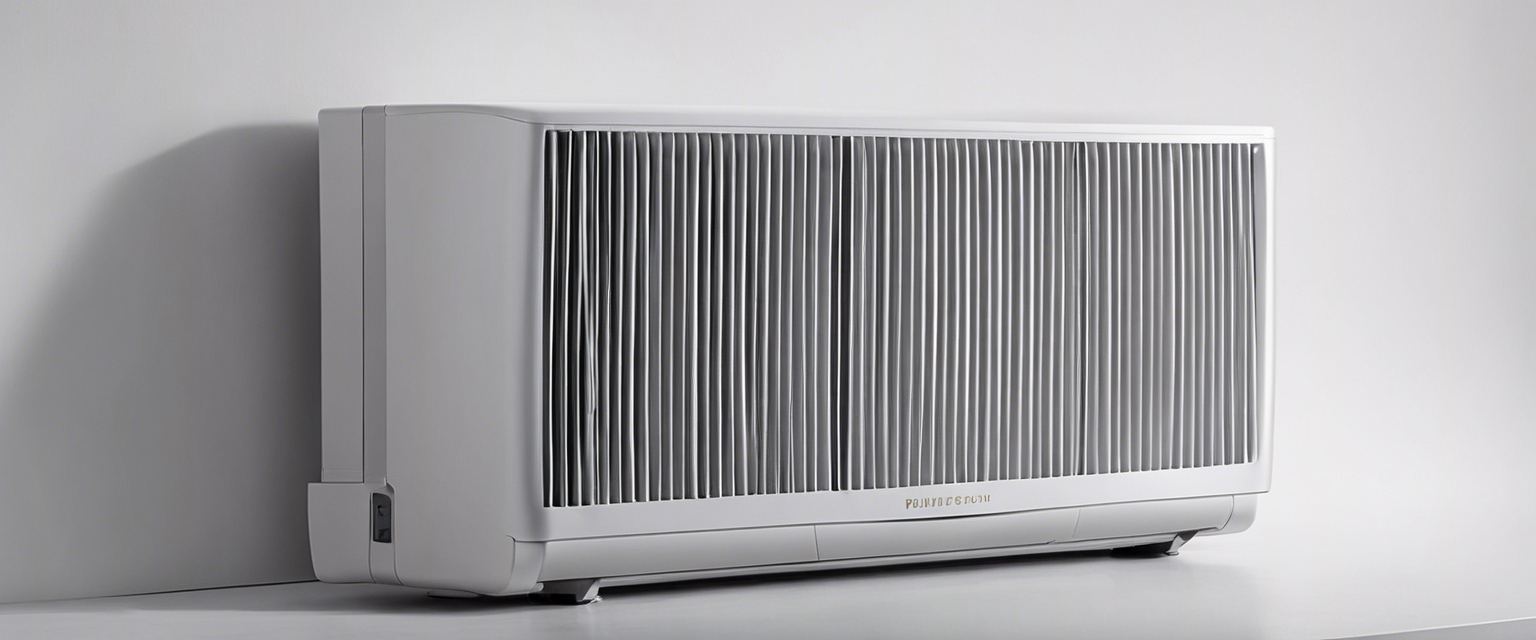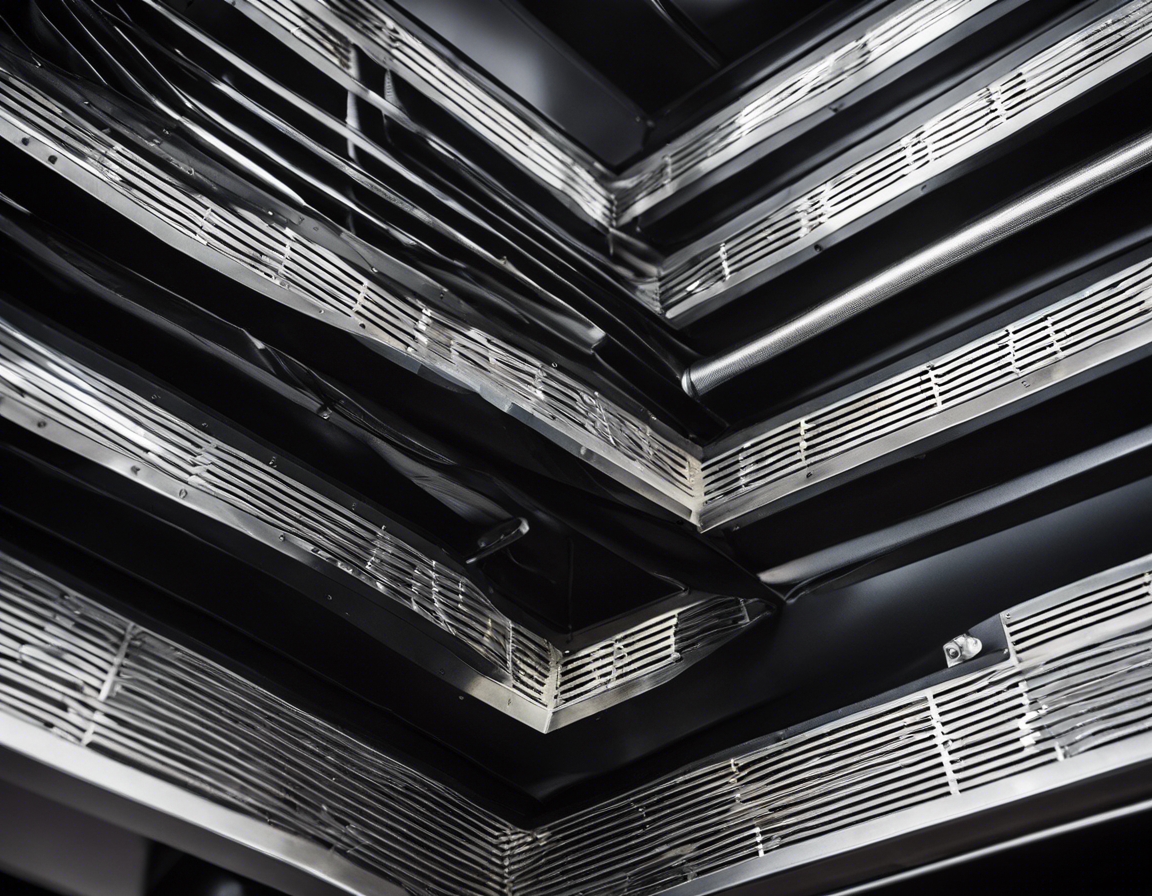Passive cooling: the silent revolution in climate control
Passive cooling refers to the natural methods of reducing indoor temperatures and maintaining a comfortable climate without the use of active mechanical systems. It is a design approach that focuses on heat gain control and heat dissipation in a building to improve thermal comfort and reduce energy consumption.
As global temperatures rise and energy costs soar, sustainable climate control is becoming increasingly important. Passive cooling offers a way to address these challenges by minimizing reliance on energy-intensive air conditioning systems, thereby reducing carbon footprints and promoting environmental stewardship.
The Mechanics of Passive Cooling
Natural ventilation harnesses wind and thermal buoyancy to cool buildings. Strategic placement of windows, vents, and openings allows for the cross-flow of air, which can significantly lower indoor temperatures.
Thermal mass in building materials such as concrete, brick, or stone can absorb and store heat during the day and release it during cooler periods, helping to stabilize indoor temperatures.
Evaporative cooling techniques, like green roofs or water features, can lower surrounding air temperatures through the natural process of evaporation, providing a cooling effect to the building.
Radiative cooling involves the emission of infrared radiation from surfaces to the cooler night sky, effectively dissipating heat and cooling the structure.
Geothermal systems take advantage of the stable temperatures underground to cool buildings. Pipes buried in the ground circulate air or fluid, which absorbs the earth's coolness before being circulated back into the building.
Design Strategies for Passive Cooling
Proper building orientation and layout can maximize natural cooling by taking advantage of prevailing winds and minimizing exposure to direct sunlight.
High-quality insulation and specialized glazing can prevent heat gain through walls and windows, which is crucial for maintaining cooler indoor environments.
Shading devices and reflective materials can deflect sunlight and reduce heat absorption, contributing to lower indoor temperatures.
Strategic landscaping with trees, plants, and water bodies can provide shade, promote evaporative cooling, and enhance the microclimate around a building.
Benefits of Passive Cooling
Passive cooling strategies can lead to significant energy savings by reducing the need for air conditioning, resulting in lower utility bills and operational costs.
By decreasing energy consumption, passive cooling also lessens greenhouse gas emissions and contributes to a more sustainable future.
Passive cooling creates a more natural and comfortable indoor environment, which can have positive effects on occupant health and well-being.
Passive cooling systems typically have fewer moving parts than active systems, leading to longer lifespans and reduced maintenance requirements.
Implementing Passive Cooling in Modern Construction
While passive cooling is advantageous, there are challenges in its implementation, such as climate-specific design considerations and the integration with existing structures.
Modern construction can benefit from a hybrid approach that combines passive cooling techniques with advanced technologies for optimal performance.
Building codes and regulations may affect the implementation of passive cooling strategies, requiring careful planning and compliance.
The future of passive cooling looks promising, with ongoing research and innovation leading to more sophisticated and effective methods of natural climate control.






Comments (0)